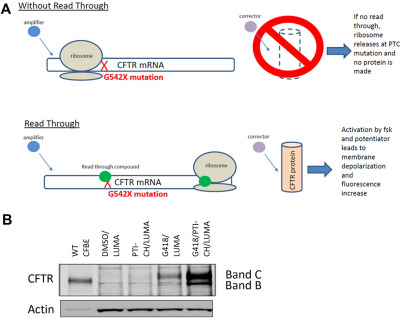SLAS Discovery, Volume 26, February 2021
Comparative Biochemistry and Physiology Part - C: Toxicology and Pharmacology, Volume 239, January 2021
International Review of Research in Developmental Disabilities, Volume 61, January 2021
Children and youth with intellectual and developmental disabilities (I/DD) are at increased risk for obesity, metabolic syndrome, type 2 diabetes, hypertension, hyperlipidemia, and a host of other co-morbidities. By adulthood, this population is at very high risk for multiple co-morbidities that significantly shorten life expectancy and have negative impact on quality of life. Despite these disparities, children and youth with I/DD have limited access to resources and opportunities to engage in programming that appropriately address their needs.
International Review of Research in Developmental Disabilities, Volume 61, January 2021
People with disabilities, including individuals with intellectual and developmental disabilities (IDD), experience unique circumstances that alter their risk for and experiences of violence and abuse. In particular, people with disabilities may be at risk for two forms of disability-related abuse: (1) denial of assistance with activities of daily living (e.g., eating, dressing, toileting) and (2) denial of assistive technology (e.g., mobility aids, medical devices, communication devices).
American Journal of Clinical Nutrition, Volume 113, 1 January 2021


